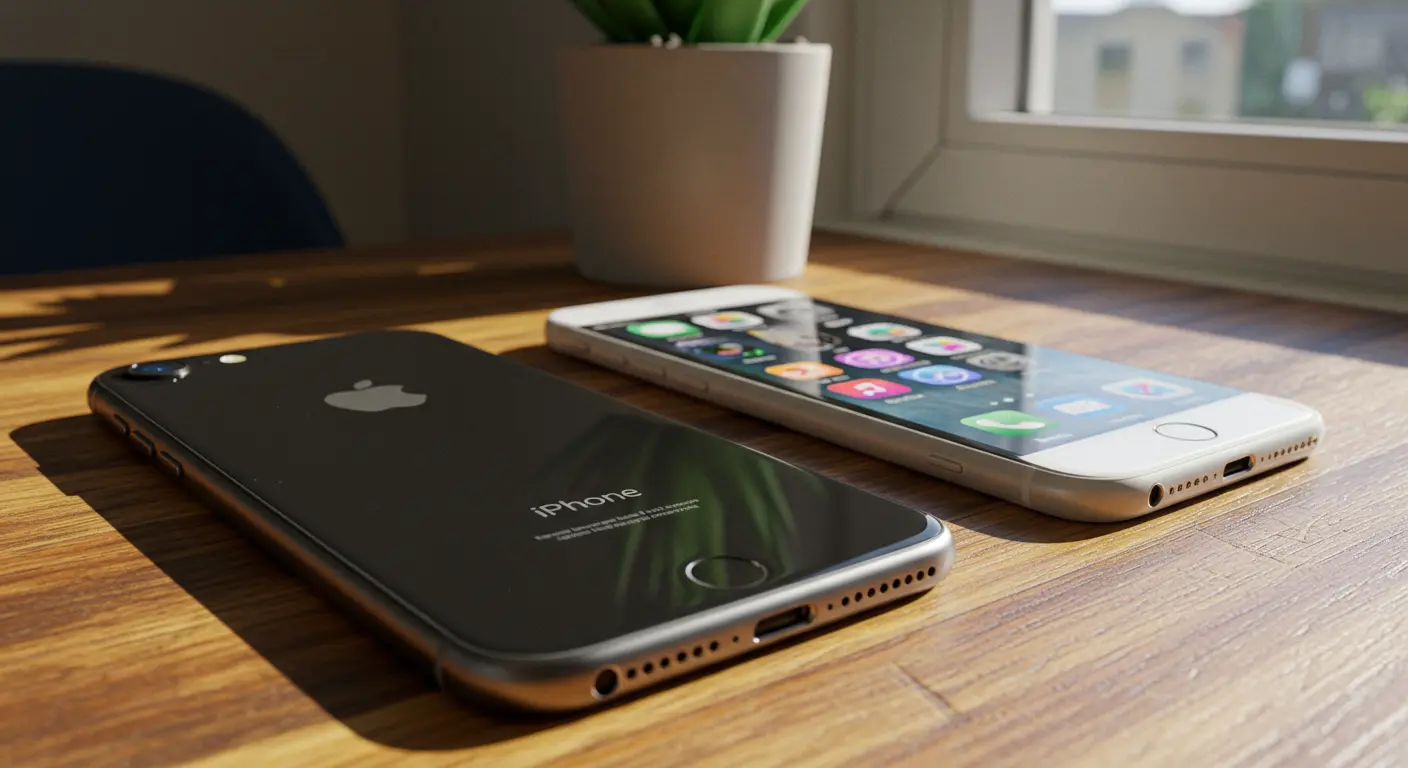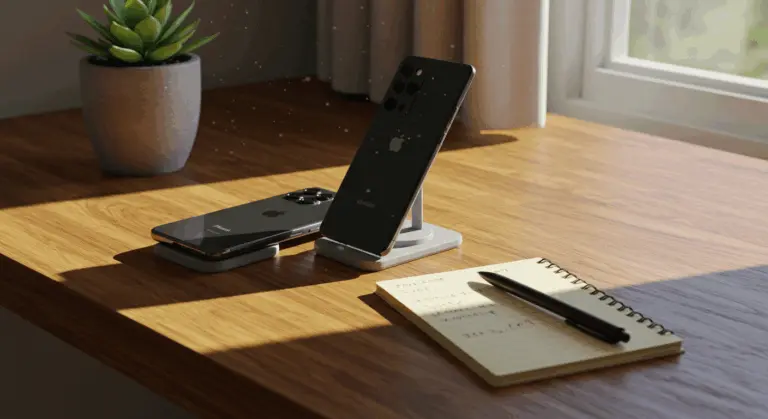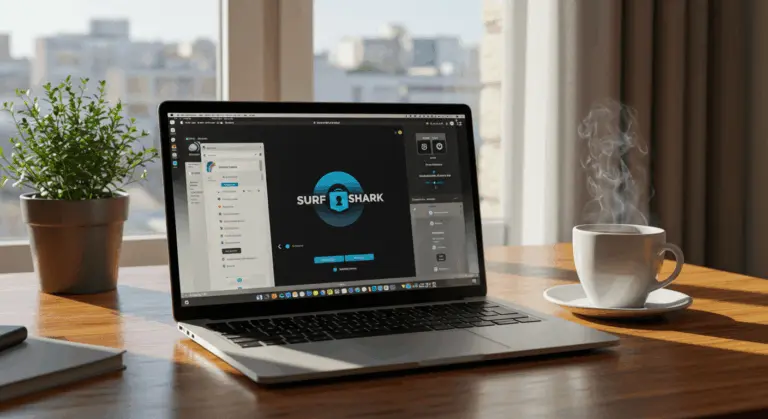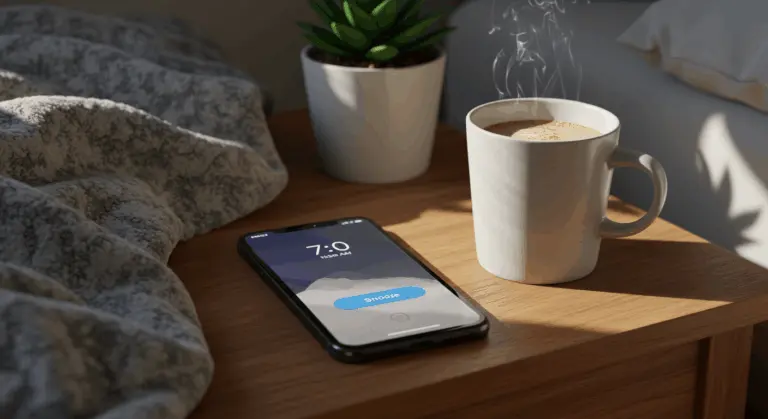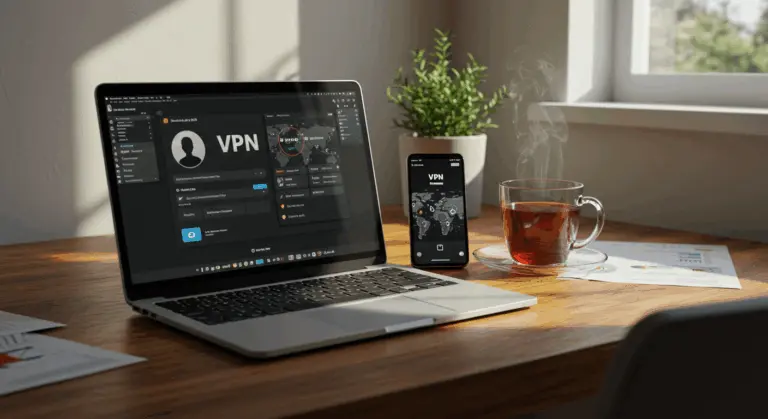Last iPhone with Home Button – A Comprehensive Guide
iPhone 8 – A Classic with Home Button
Released in September 2017, the iPhone 8 marked the end of an era—Apple’s final flagship to embrace the classic design with its beloved physical home button. Unlike traditional mechanical buttons, it employed a pressure-sensitive surface paired with a Taptic Engine to simulate that familiar click, improving durability while maintaining the trusted Touch ID sensor.
The A11 Bionic chip powers this device with dependable performance for everyday tasks. Its 12MP camera includes optical image stabilization, battery life is reliable, and it pioneered wireless charging among home-button iPhones—a notable first.
iPhone SE (3rd Generation) – The Final Model
Arriving in March 2022, the iPhone SE (3rd generation) stands as the final iPhone to feature that iconic home button. While the iPhone 8 claimed the title of last flagship with this design, the SE 3 breathed new life into the classic form factor, marrying nostalgic aesthetics with the powerful A15 Bionic chip borrowed from the iPhone 13 series.
The third-generation SE preserves the 4.7-inch Retina HD display and home button with Touch ID, while introducing modern capabilities such as:
-
5G connectivity
-
Improved battery life
-
Enhanced computational photography features
Its eventual discontinuation closed the chapter on physical home buttons in Apple’s smartphone story. This model embodied Apple’s dedication to users who cherished the traditional interface during the company’s bold shift toward all-screen designs. Today, the third-generation SE stands as the most recent and capable home-button option available through secondary and refurbished markets.
Functions and Features of the Home Button
The home button functioned as a versatile command center. Beyond its primary role of returning users to the home screen with a simple press, it offered many additional features:
-
Security & Payments: Housed the Touch ID sensor for unlocking the device, authorizing Apple Pay, and autocompleting passwords.
-
Multitasking: A double-press opened the app switcher.
-
Siri: A long-press activated the Siri voice assistant.
-
Screenshots: Pressing it with the power button captured the screen.
-
Accessibility: A triple-press launched configurable accessibility shortcuts.
-
Troubleshooting: Holding it with the power button forced a device restart.
AssistiveTouch – A Virtual Alternative
For users who crave home button functionality but own newer iPhone models without one, Apple provides AssistiveTouch as a clever software alternative. This accessibility feature creates a virtual home button that hovers on your screen, delivering similar functionality to its physical predecessor without requiring any hardware modifications.
The feature offers impressive customization options, enabling users to program single-tap shortcuts for various actions:
Configuring AssistiveTouch is quite simple through the Accessibility settings menu. Once enabled, users can fine-tune its opacity, customize the top-level menu with their most-used functions, and even craft custom actions.
Why Apple Removed the Home Button
Apple’s decision to eliminate the iconic home button represented a pivotal moment in iPhone design philosophy. After nearly a decade serving as the cornerstone of iPhone interaction, the home button began its phase-out with the iPhone X in 2017.
The driving force behind removing the physical button was increasing available screen space. By eliminating the bezel required to accommodate the home button, Apple could deliver expansive displays without enlarging the overall device footprint.
Technical factors also played a role in this decision. Physical buttons inherently represent vulnerability points in any device.
Gesture-based navigation offered a cleaner way to interacting with increasingly sophisticated mobile operating systems. Fluid swipes replaced button presses, enabling smoother multitasking and app transitions.
Historically, the home button served as an essential transitional bridge when smartphones remained a revolutionary concept. It offered a comforting anchor point for users navigating the then-groundbreaking touchscreen interface of the original iPhone.
Despite these compelling advantages, many users initially mourned the loss of the home button’s integrated Touch ID functionality. The fingerprint sensor had provided swift device unlocking and secure authentication for payments.
Future of iPhones Without Home Buttons
With the anticipated iPhone SE 4, Apple appears ready to completely eliminate the home button from its entire product portfolio. Multiple industry reports suggest the next-generation SE model will abandon its traditional design, embracing an edge-to-edge display reminiscent of the iPhone 14—complete with notch and no physical home button.
The migration away from home buttons has been steady and determined. Most iPhone users have successfully adapted to button-free living, as Apple’s flagship models have operated without physical buttons since 2017.
This departure from physical buttons mirrors broader industry movements toward maximizing screen space while minimizing mechanical components. By removing the home button, Apple can deliver larger displays within similarly sized devices while reducing potential hardware failure points.
For those who still cherish the tactile feedback and elegance of a physical home button, options will become progressively scarce, limited to older refurbished models. As Apple continues evolving its design philosophy toward more immersive, gesture-driven interfaces, the home button will likely be remembered as a crucial stepping stone in smartphone evolution.
Refurbished iPhones with Home Button – Options Available
For those who cherish a physical home button, refurbished iPhones provide an affordable way to access that familiar interface. Professionally restored models deliver the classic experience while with several attractive benefits:
When purchasing a refurbished iPhone with a home button, you’re acquiring a device that has survived rigorous quality assessments. Reputable refurbishers typically conduct comprehensive component testing, replace any faulty parts, and restore the device to factory specifications.
Reliable devices can be found through multiple sources:
-
Apple Certified Refurbished: The most dependable option, providing a new battery, outer shell, and a one-year warranty.
-
Third-Party Refurbishers: Reputable sites like Back Market, Gazelle, and Amazon Renewed offer quality alternatives at various price points.
The market for these models remains remarkably vibrant, with the iPhone 8 and iPhone SE (3rd generation) emerging as particularly sought-after choices. These devices strike a good balance between contemporary performance capabilities and the beloved classic interface.
As Apple advances its transition away from physical buttons, these refurbished options represent the final chance to experience iOS with the iconic home button interface. For users with accessibility requirements, those who favor Touch ID over Face ID, or simply those who appreciate the intuitive elegance of a physical button, refurbished models offer a way to maintain their preferred user experience for years ahead.

